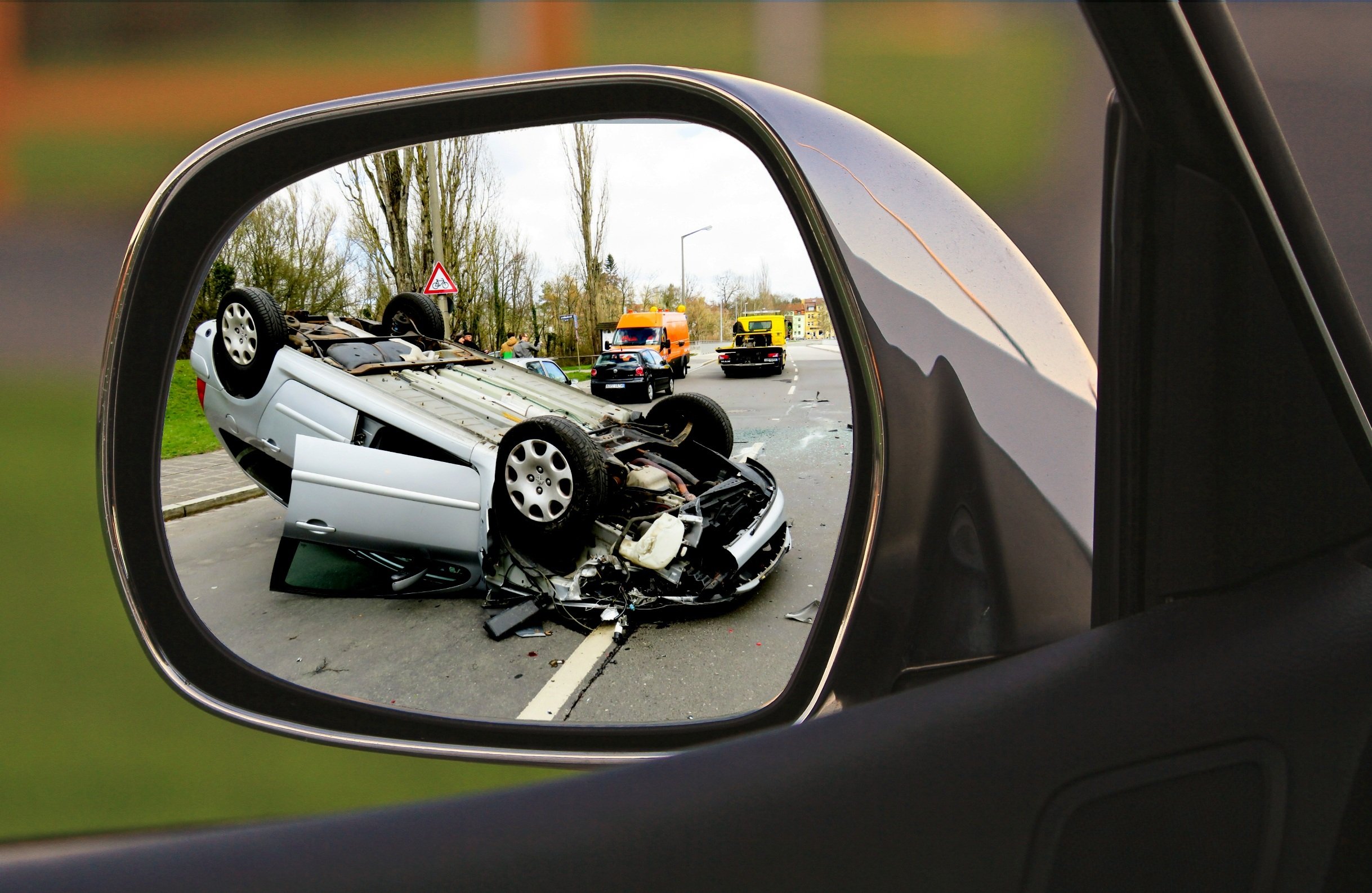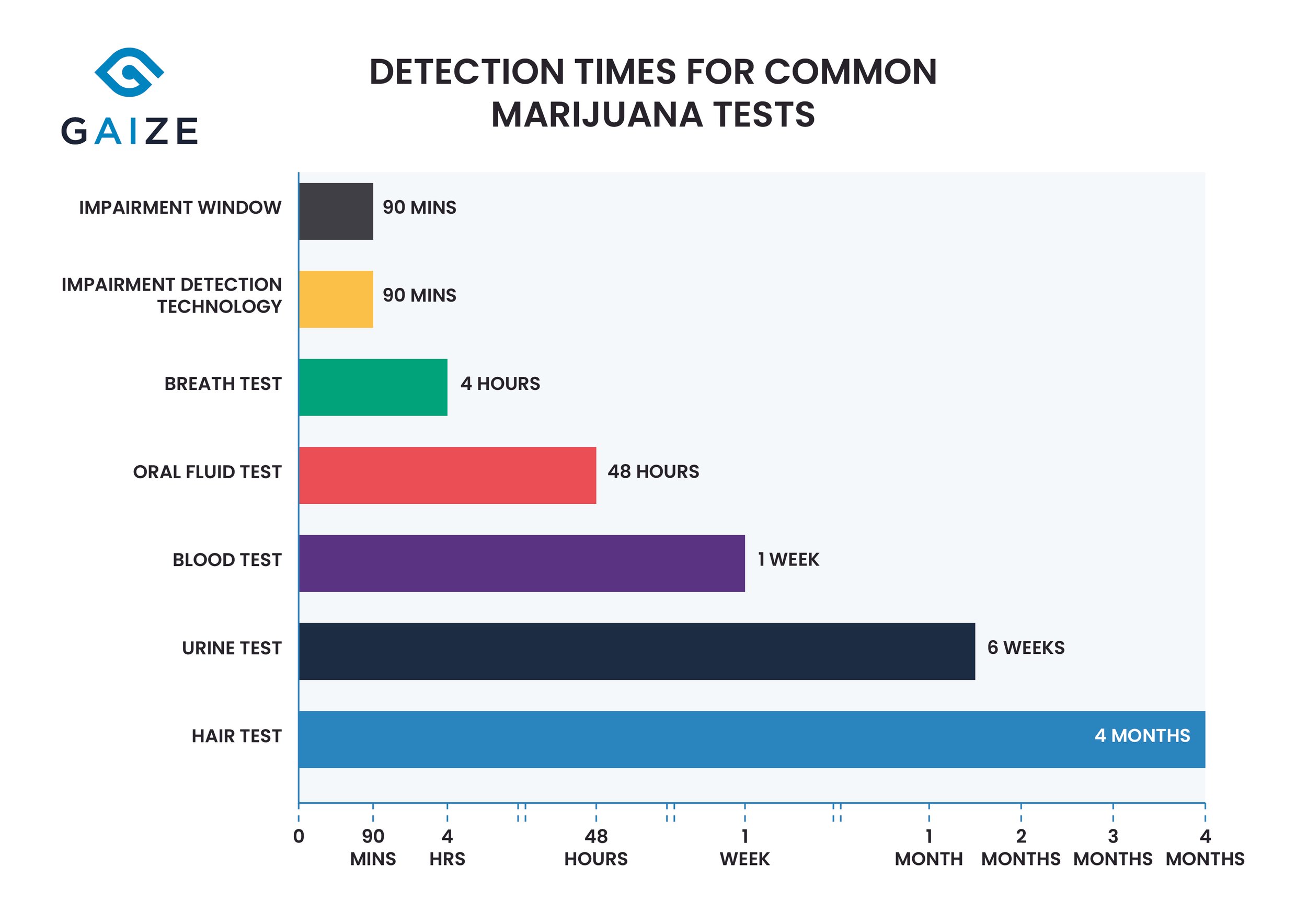Marijuana Impairment Testing Guide for Legislators
Marijuana behaves nothing like alcohol in the body, so it requires fresh thinking to keep society safe from impaired driving and working. Learn about the latest science behind marijuana impairment testing, so you can make accurate and fair policy decisions.
If marijuana is going to be legal, it needs to be safe.
Marijuana ≠ Alcohol
When evaluating impairment from marijuana, we cannot simply apply the same rules we’ve used for alcohol. THC works completely differently in the body, and the amount of THC in the body is not predictive of the impairment being experienced.
THC Tests are Tests for Prior Use
Chemical tests can only determine if someone has used THC previously.
Simply put, biological THC content shows only that someone has previously used cannabis, and not whether they are actively impaired. These metabolic characteristics are largely mirrored in other substances of impairment, making alcohol a somewhat unique substance in how it can be measured in the body and correlated to impairment. Further confounding tests for THC in the body is the fact that THC is lipophilic, or fat soluble. THC binds to fat in the body and then leaches back into the bloodstream over time. This means that in a heavy cannabis user, THC and its metabolites will be present in the body in testable quantities, long after the individual is not impaired. This is why you commonly hear that many THC tests will show positive for weeks or months since the last use.
Impairment Detection Technology
Impairment Detection Technology is a new class of device that allows for the testing of active impairment from marijuana and other drugs. It was created specifically to address the challenges that marijuana and other drugs present to law enforcement and business leaders.
Available today
Backed by significant research
In use by law enforcement and businesses in many states
Affordable, particularly when compared to alternative drug testing technology
Best Practices
Driving:
Evidence-based Impairment Standards: Focus on impairment, not just presence of THC, use reliable roadside tests for impairment and/or human-based impairment evaluation protocols backed by scientific research.
Zero Tolerance for Underaged Drivers: Maintain strict regulations against cannabis use for drivers under legal age. Cannabis is deeply harmful to the developing brain, and zero tolerance is appropriate for those under the established legal age.
No Per Se Limits: Do not adopt a THC per se limit for drivers. There is absolutely no corroborating science that lends any credibility to per se limits for THC. Further, organizations like the International Association of Chiefs of Police, the National Institutes of Justice, the National Highway Traffic Safety Administration, and AAA have issued guidance that states should not adopt per se limits.
Limit the use of Chemical Drug Tests: Do not use chemical drug tests until impairment has been conclusively established. Some states allow law enforcement to consider roadside chemical drug tests in their arrest decisions. This is inappropriate and does not follow scientific evidence. Allowing for roadside chemical drug testing (outside of breath-alcohol testing) leads to an increase in improper impaired driving citations.
Public Education and Awareness Campaigns: Educate drivers about the risks of driving under the influence of cannabis and available transportation options.
Fair Consequences and Rehabilitation Programs: Implement fair and proportionate penalties for violations, coupled with rehabilitation programs to address underlying substance use issues.
Working:
Employer-driven policies: Enable employers to set clear and comprehensive policies addressing cannabis use and impairment in the workplace, aligned with state laws.
Focus on Impairment: Require employers to demonstrate that an employee was impaired at work in order to take adverse action. This protects marijuana users from discrimination based on legacy chemical drug tests, which can detect prior use for up to several months. NOTE: Even tests for active THC are not impairment tests and can be positive for days following the last use.
Employer Education and Training: Provide training programs, sample policies, and best practices for employers to use in adapting their policies and preparing for legal cannabis. Be sure to educate employers on the limitations of chemical THC tests.
Insurance Discounts: Encourage workers’ compensation and business liability insurance providers to provide discounts to their customers that institute proper policies, training, and impairment detection technology into their workplace.
Workforce Education: Educate the workforce on responsible cannabis use, their rights, workplace safety protocols, and resources for help with substance use disorders.
Additional Considerations:
Data collection and research: The government can and should invest in research to improve understanding of cannabis impairment effects, evaluate available testing methods, and inform evidence-based policy decisions.
Privacy protections: Ensure data privacy and confidentiality for individuals subject to testing or evaluation for cannabis impairment.
Social equity and inclusion: Design policies and enforcement practices that avoid disproportionately impacting marginalized communities.




